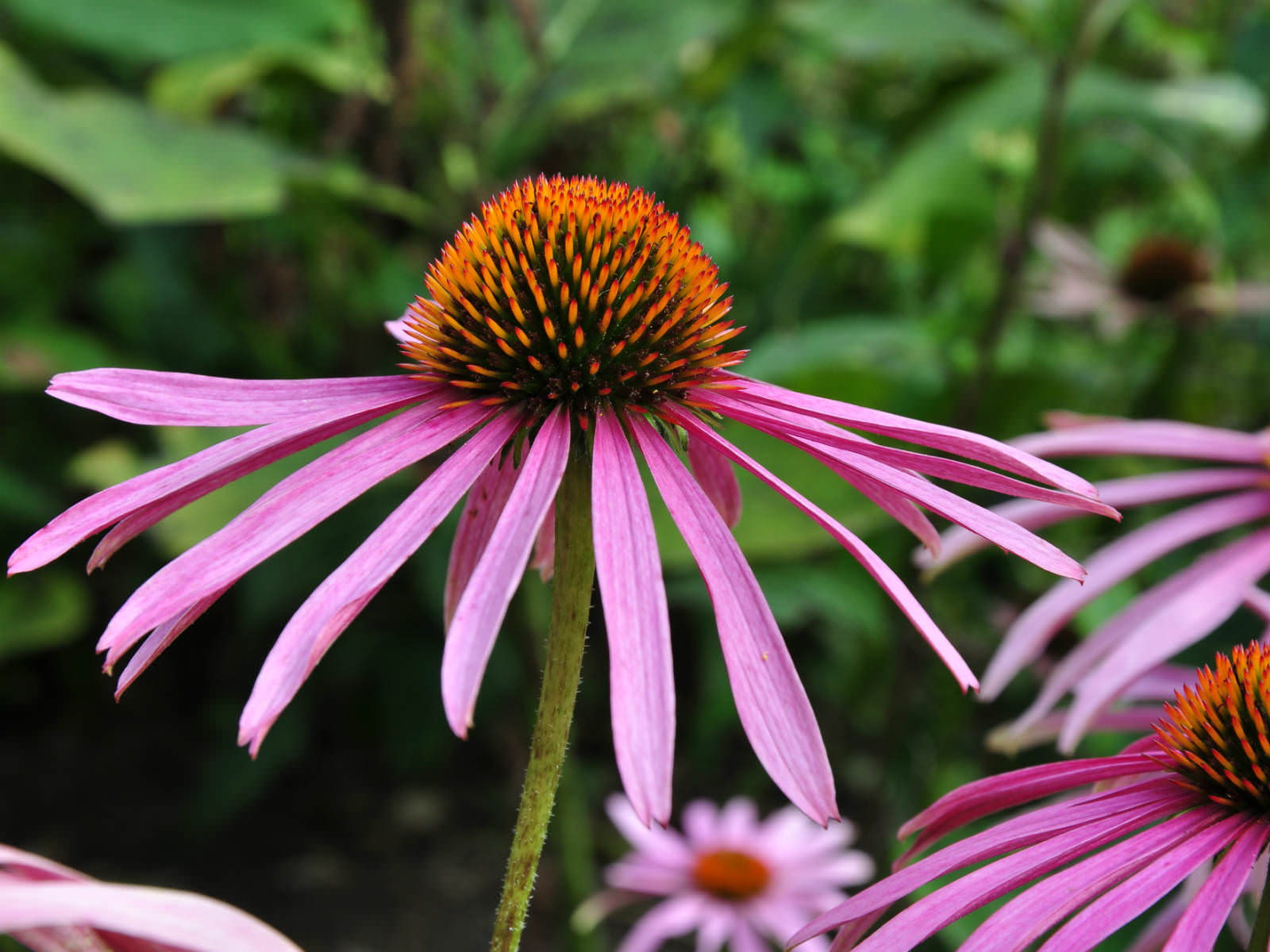


Unlike greenhouse-grown plants, bare-root plants can be planted during cold weather or anytime the soil is not frozen. They should be planted as soon as possible. They arrive to you dormant, with little to no top-growth (bare-root), packed in peat moss. We are among the few still employing this production method, which is labor intensive but plant-friendly. Some species go dormant in the summer and we can ship them July/August. We dig plants when they are dormant from our outdoor beds and ship them April-May and October.
PURPLE CONEFLOWER. HOW TO
To learn more, read our BLOG: How to Germinate Native Seeds DORMANT BARE ROOT PLANTS: Tucked safely beneath the snow, seeds will be conditioned by weathering to make germination possible in subsequent growing seasons. A less complicated approach is to let nature handle the stratifying through a dormant seeding, sowing seeds on the surface of a weed-free site in late fall or winter. Seed dormancy can be broken artificially by prolonged refrigeration of damp seed in the process of cold/moist STRATIFICATION. Some dormancy can be broken in a few minutes, but some species take months or even years. Some species don't need any pre-treatment to germinate, but some species have dormancy mechanisms that must be broken before the seed will germinate. Then, follow the GERMINATION INSTRUCTIONS prior to planting.
PURPLE CONEFLOWER. CODE
To propagate native plants, a gardener must break this dormancy before seed will grow.Įach species is different, so be sure to check the GERMINATION CODE listed on the website, in the catalog, or on your seed packet. In nature, this prevents a population of plants from germinating all at once, before killing frosts, or in times of drought. Before you get started, one of the most important things to know about the seeds of wild plants is that many have built-in dormancy mechanisms that prevent the seed from germinating. Growing your own plants from seed is the most economical way to add natives to your home.


 0 kommentar(er)
0 kommentar(er)
